When talking about the US Marine Corps capturing islands, many would think of the island-hopping campaign that took the Corps across the Pacific in WWII. However, a lesser-known incident involving the Marines and an island occurred over four decades before. In the late 1800s, Hawaii was actually taken by US Marines in an illegal coup.
The incident – overshadowed by other dramatic events of the 20th century – was part of the United States’ territorial expansion across the Pacific.
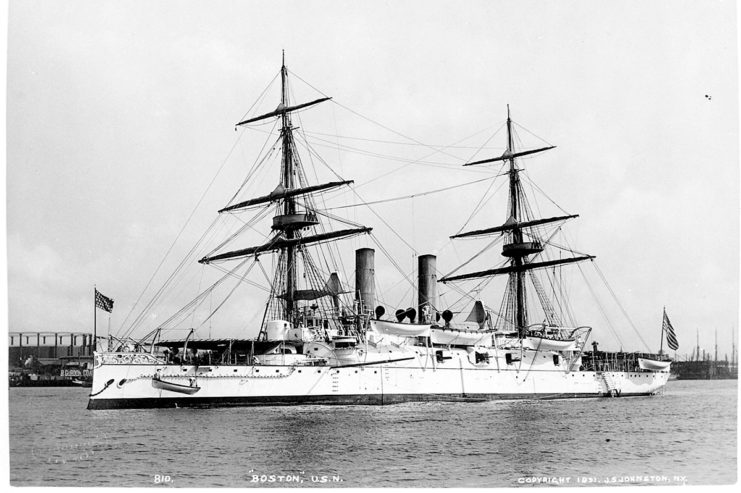
On the evening of January 16, 1893, nearly 200 Marines and sailors from the protected cruiser USS Boston descended on Hawaii. Anchoring in Honolulu Bay, they made their way through the city to find the seat of government of the Kingdom of Hawaii.
The troops were there to assist in a coup.
1893 coup
The Marines reached and secured the government buildings and were a stone’s throw away from the queen’s residence. At the time, Liliʻuokalani was Hawaii’s reigning monarch, whose rule started in January, 1891. Needless to say, the US presence cut her rule short.
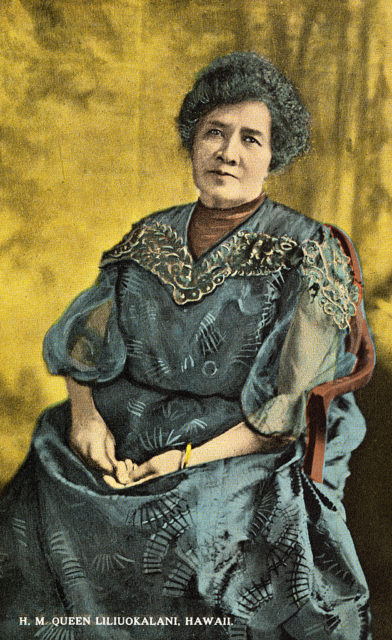
The Americans came well prepared with light artillery and Gatling guns, but on the other hand, the queen was defended by a guard of 600 troops and her own artillery in a stronghold. Although her guard would have been a tough match for the Marines, Liliʻuokalani did not want to put her people in harm’s way, so she abdicated the throne. Her guards were under strict orders to not provoke the Marines, so the entire event happened without a shot being fired.
She wrote in a letter: “Now, to avoid any collision of armed forces and perhaps the loss of life, I do, under this protest, and impelled by said force, yield my authority until such time as the Government of the United States shall, upon the facts being presented to it, undo the action of its representatives and reinstate me in the authority which I claim as the constitutional sovereign of the Hawaiian Islands.”
The actions were absolutely illegal and had not been approved by President Benjamin Harrison or Congress. Instead, it was US Minister to Hawaii John L. Stevens who was behind the plan. This position is equivalent to a modern-day ambassador.
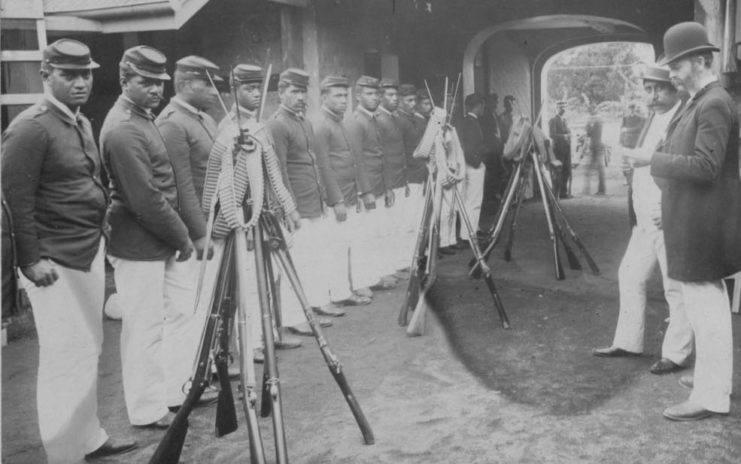
In addition to this, Stevens was an author, newspaper publisher, journalist and had founded the Republican Party in Maine. Stevens thought that the US should continue its expansion, especially with the British doing the same in other areas of the world. He believed that Hawaii was an ideal place for the US to control, writing to the US Secretary of State: “The Hawaiian pear is now fully ripe, and this is the golden hour for the United States to pluck it.”
Around this time Liliʻuokalani was close to cementing the monarchy’s power in Hawaii, and was planning on becoming independent from America. A group of businessmen concerned with an independent Hawaii decided annexation was the best course of action, and set up the “Committee of Safety” to do it.
They set up a plan to annex Hawaii but needed Stevens to provide them with military support – in the name of protecting Americans. Stevens – without any approval from the US government – then contacted Captain Gilbert C. Wiltse of the USS Boston to support the annexation.
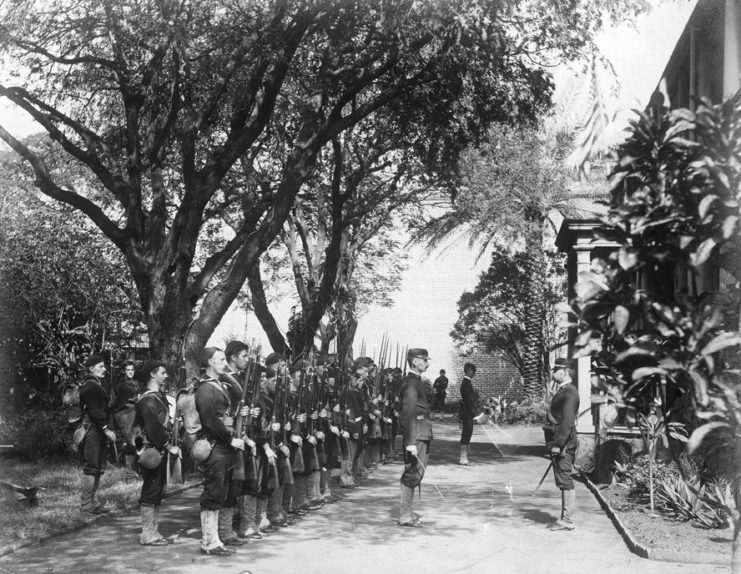
Wiltse agreed, resulting in the coup on January 16, 1893. The Committee of Safety quickly set up a provisional government named “The Republic of Hawaii” and found Liliʻuokalani guilty of treason. The committee then requested the US officially annex the islands, but recently-elected President Grover Cleveland ordered an investigation into the coup.
Unlawful
It was soon found that the entire thing was illegal, and as such Cleveland wanted to restore Hawaii’s monarchy.
However, due to the political climate at the time, Congress did nothing.
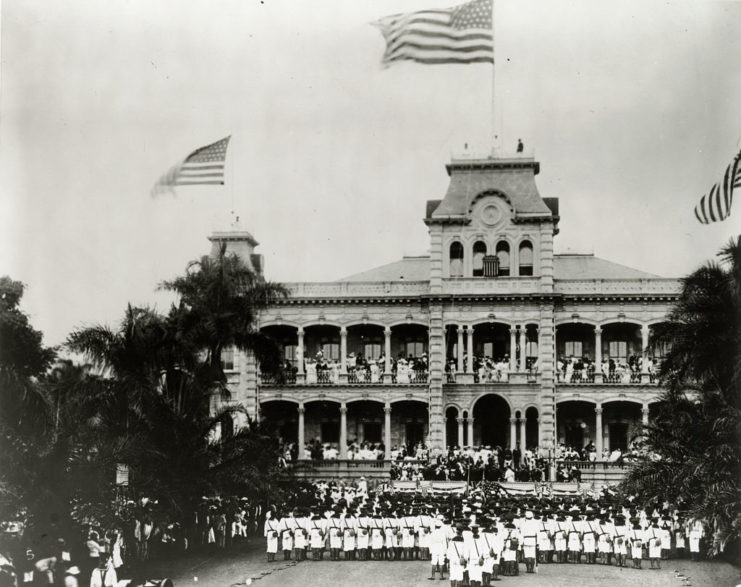
By 1897, Cleveland had been replaced in office by William McKinley, who supported the annexation of Hawaii. With the Spanish-American War looming and concerns that Japan was interested in Hawaii, Congress agreed to the annexation.
More from us: Reunion Marks 25 Years Since Failed Soviet Coup
Hawaii officially became a US territory in July 1898, and became the 50th state in 1959 during Dwight D. Eisenhower’s presidency. It wasn’t until 1993 that the United States apologized to Hawaii for the unlawful annexation.
